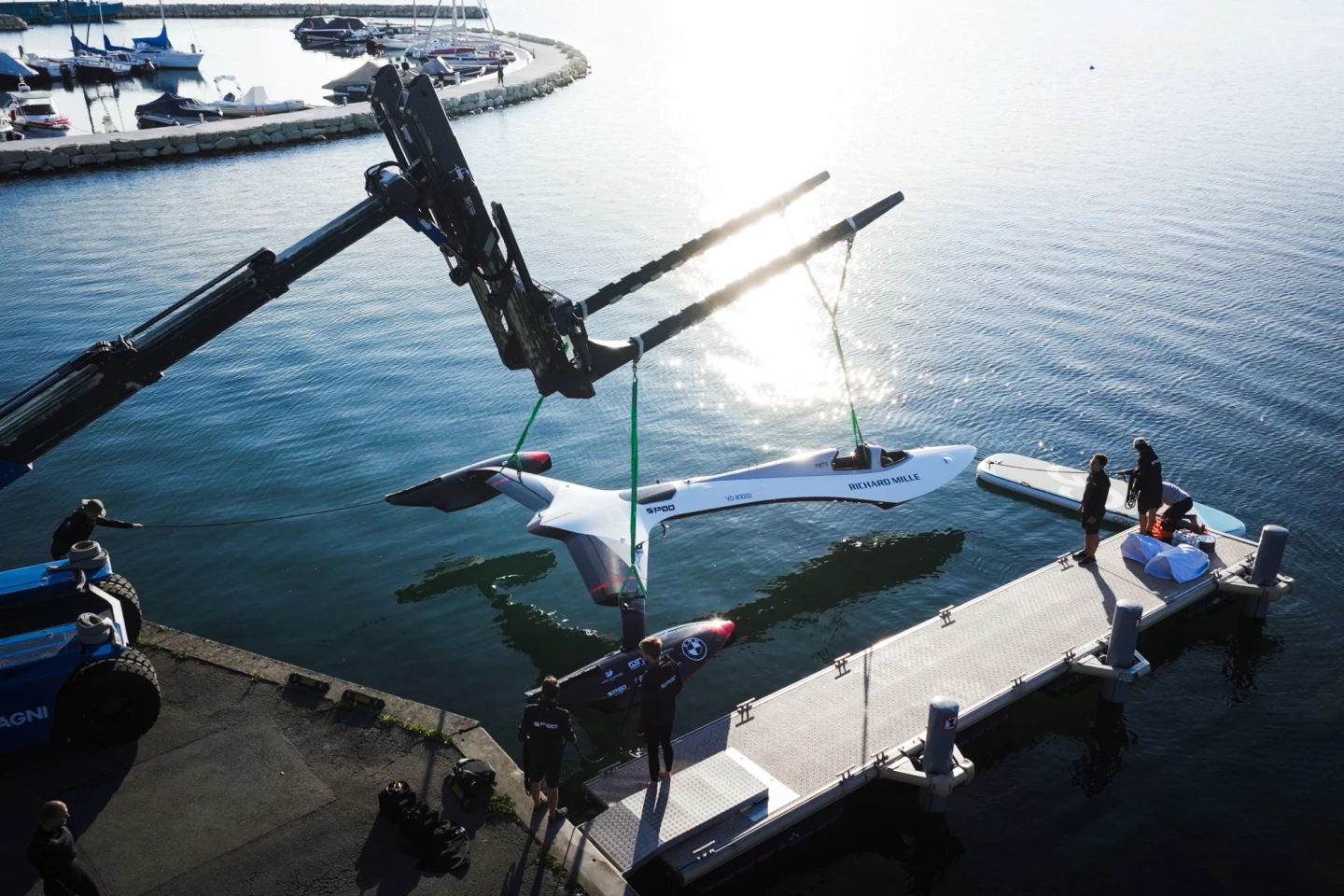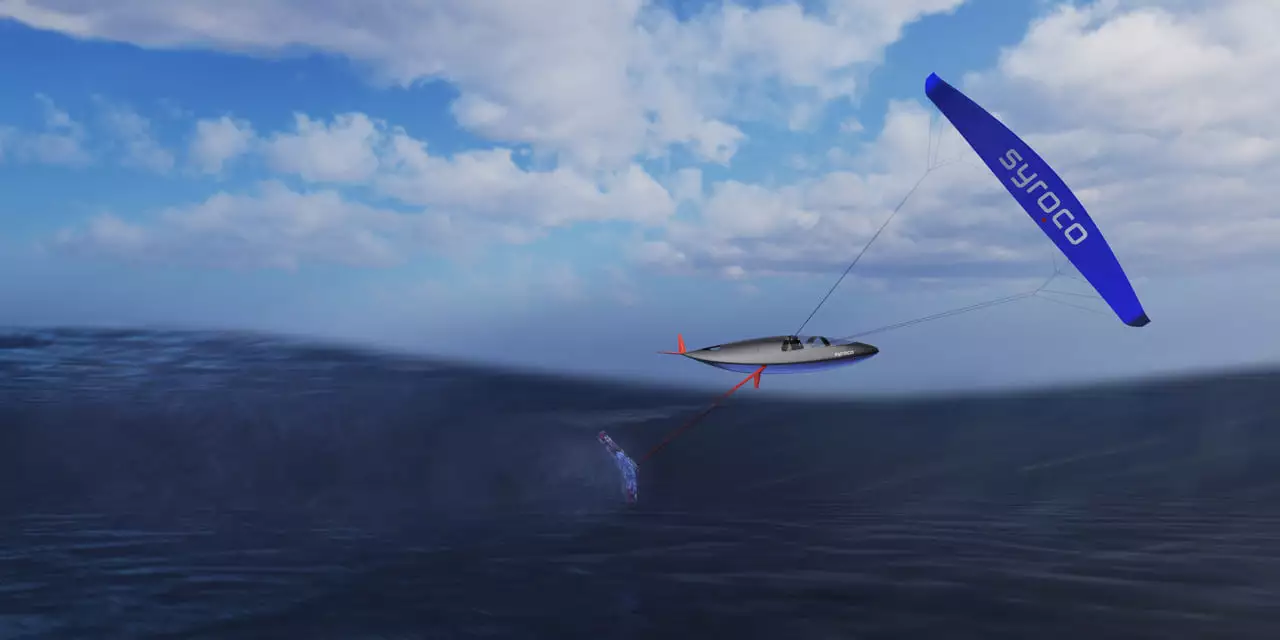The SP80 and Syroco teams have both got their remarkable boats on the water. Looking like a pair of alien spaceships, and pulled by ultra-fast kites instead of sails on masts, both these machines are built to reach terrifying, unprecedented speeds.
The current world sailing speed record has stood for a little over a decade at 65.37 knots (75.23 mph/121.06 km/h), set by Paul Larsen in the Vestas Sailrocket II back in 2012.
There's a reason nobody's gone faster – rigid masts provide excellent leverage, so when you attempt to harness serious wind power, they want to roll the boat over. So if those record speed figures seem a bit 'meh,' take a look at the video below.
But records are made to be broken, and both the SP80 and Syroco teams are taking radically different approaches to Larsen's. Both teams have set a target speed of 81 knots (93 mph/150 km/h), hoping to absolutely smash the record, both are using huge kites, attached to the boats on strong lines, to avoid capsizing, and both have come a long way since we first examined these designs in 2021.
If this was a beauty contest, it'd go to the SP80 hands down. You could 3D-model this sleek, elegant trimaran, reskin it in silver, stick Naboo in the background and get Natalie Portman to pop out of the cabin for a Star Wars flick.

This 10.5-m (34.4-ft) design seats two in tandem – one in the back seat to work the kite attached to a control arm behind the cabin, and one to steer the thing. The design is focused around keeping the three hulls in contact with the water, so the high-speed airflow doesn't flip it over.
In August, the SP80 team took it out on Lake Geneva, where it did 30 knots being pulled behind a boat, to check drag measurements against the team's computer-modeled predictions. Check it out:
The team is now working on getting the sail part happening, starting small, and then increasing the size, power and speed incrementally over time.
As for Syroco, well, it almost feels silly calling this thing a boat at all. The team calls it a "weightless yacht," but effectively it's a kite on a line running more or less straight down into the water, where it attaches to a hydrofoil wing. As the foil and the kite pull against each other, the line is pulled taut.

Somewhere in the middle of that line is a sort of roughly shark-shaped hull and cabin, which is hoisted right out of the water, such that it dangles a few meters up in the air as the boat sails. This has to be the first hydrofoiling boat design I've seen where the hull and the foil are connected by a flexible high-tension line and not a solid support.
Hydrofoils are naturally speed-limited to around 100 km/h (62 mph) by a process called cavitation, in which the hydrofoil wing creates a high-pressure zone on one side, and a low-pressure zone on the other, and the low-pressure zone gets so low that water starts to vaporize, creating enormous drag. You can check out our earlier piece to learn more about how Syroco plans to get past this speed limit, it's pretty out there.
This team has actually had prototypes flying since the end of 2021. At first, the kite was replaced by a crane arm attached to a support boat, but now it's up and flying solely on wind power, with a small kite attached. And it's possibly just the low wind speeds they're testing in, but my dear god, this thing looks sketchy as hell. Take a look:
I suspect the Air Syroco folks might need to stock up on barf bags when they start putting human meat sacks on board.
Both teams will continue tuning, tweaking, testing and accelerating, and we look forward to seeing just how far these bizarre, left-field designs can be pushed. It's certainly fun having two well-resourced, innovative teams chasing the record at once!











